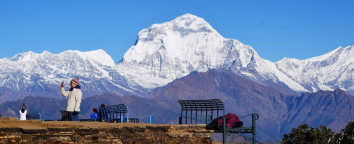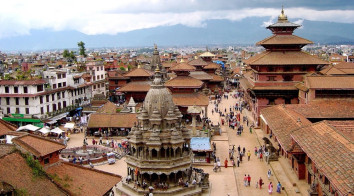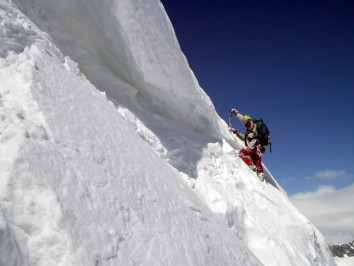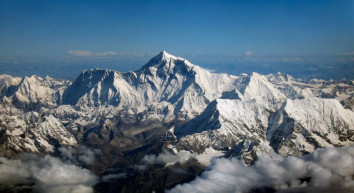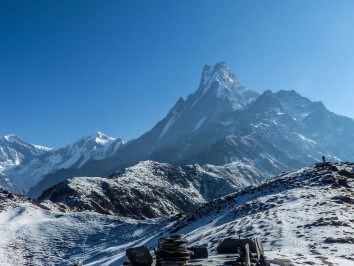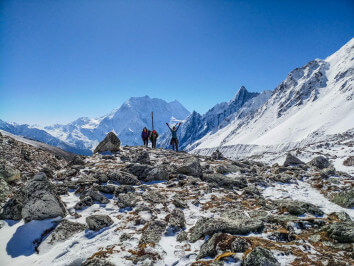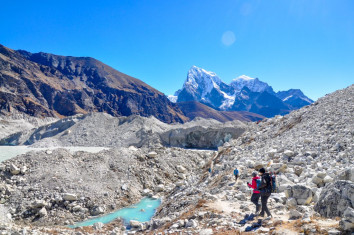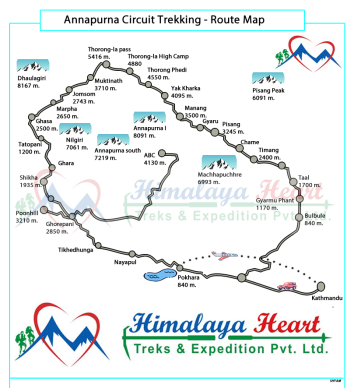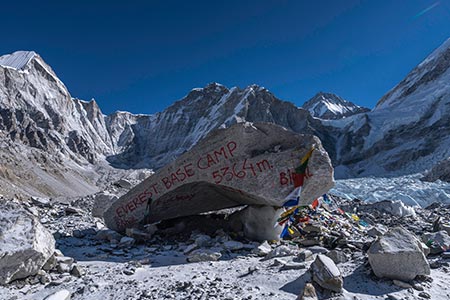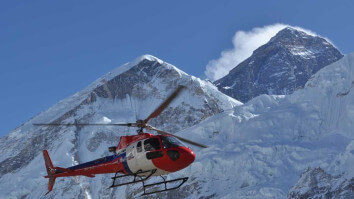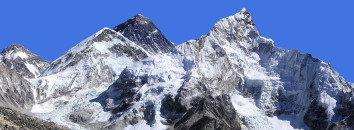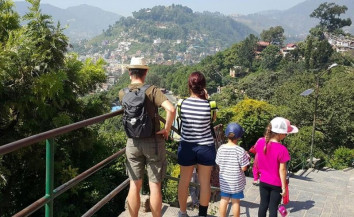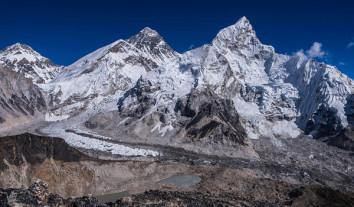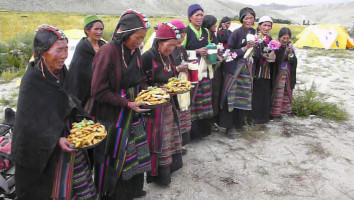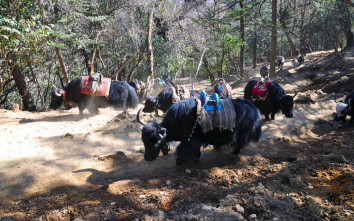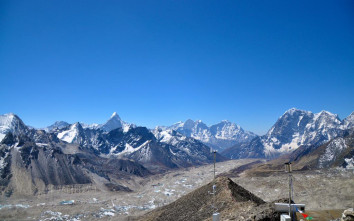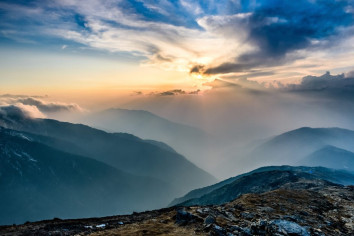Difficulty of Mount Everest Base Camp Trek: What You Need to Know
27th Jul, 2025
- himalayaheart

The Mount Everest Base Camp Trek (EBC Trek) is one of the world’s most iconic trekking adventures, attracting thousands of trekkers each year. Standing at 5,364 meters (17,598 ft), the base camp of the world’s highest mountain offers breathtaking scenery, rich Sherpa culture, and the ultimate sense of achievement.
Table of Contents
But many aspiring trekkers ask: How difficult is the Everest Base Camp trek? Is it suitable for beginners, or does it require advanced mountaineering skills?
In this detailed guide, we’ll break down the difficulty of the Everest Base Camp Trek, including altitude challenges, fitness requirements, terrain, weather, and essential preparation tips.
Is the Everest Base Camp Trek Difficult?
The Everest Base Camp Trek is moderately challenging, but it does not require technical climbing skills. It’s a non-technical trek, meaning no ropes or crampons are necessary. However, it does involve long days of walking (5–7 hours daily), steep ascents and descents, and trekking at high altitudes where oxygen levels are lower.
While physically demanding, most healthy individuals with proper preparation can successfully complete the trek.
Key Factors That Affect Trekking Difficulty
1. Altitude and Acclimatization
The highest point on the trek, Kala Patthar (5,545 m), is where trekkers often feel the impact of reduced oxygen levels. Altitude sickness (Acute Mountain Sickness or AMS) is the primary challenge for many.
How to overcome altitude challenges?
-
Take rest/acclimatization days (typically at Namche Bazaar and Dingboche).
-
Walk at a steady pace and stay hydrated.
-
Avoid rapid altitude gain and consider taking Diamox (after consulting a doctor).
2. Length and Duration of the Trek
The classic Everest Base Camp trek is 120 km (75 miles) round trip, usually completed in 12–14 days. While the distance itself is not extreme, walking several hours daily on rugged terrain can be tiring.
3. Terrain and Trail Conditions
The trail varies from stone-paved paths to rocky trails and steep ascents, often combined with crossing suspension bridges and navigating narrow ridges. The final trek to base camp is particularly challenging due to loose rocks and glacial moraine.
4. Weather Conditions
The Himalayas can be unpredictable. Spring (March–May) and autumn (September–November) offer the most stable weather, but trekkers must still prepare for:
-
Cold nights (down to -10°C or lower at higher altitudes).
-
Sudden changes in weather (rain or snow).
5. Physical Fitness Level
You don’t need to be an athlete, but good cardiovascular fitness and stamina are crucial. Trekkers should be comfortable walking 10–15 km per day with a backpack.
Is Everest Base Camp Trek Suitable for Beginners?
Yes, beginners can complete the Everest Base Camp trek with proper training and mental preparation. It is highly recommended that beginners:
-
Engage in 3–4 months of pre-trek training (hiking, running, cycling).
-
Practice walking with a loaded backpack.
-
Learn about altitude sickness prevention.
How to Prepare for the Everest Base Camp Trek?
Training Tips:
-
Cardio Workouts: Running, swimming, or cycling for endurance.
-
Strength Training: Focus on legs, core, and shoulders for stability.
-
Long Hikes: Simulate trekking conditions with multi-hour hikes on uneven terrain.
-
Stair Climbing: Excellent for building stamina for uphill climbs.
Mental Preparation:
The trek is as much a mental challenge as a physical one. Being prepared for long days, basic accommodations, and cold weather will help you adapt better.
Tips to Reduce Trekking Difficulty
-
Choose the Right Season: Avoid monsoon (June–August) and extreme winter (December–February).
-
Hire an Experienced Guide and Porter: They ensure safety, navigation, and reduced physical strain.
-
Take Enough Rest Days: Acclimatization is key to avoiding altitude sickness.
-
Pack Light but Smart: Essential gear includes proper boots, thermal clothing, and trekking poles.
-
Stay Hydrated and Eat Well: Proper nutrition and hydration help maintain energy levels.
Common Challenges on the EBC Trek
-
Altitude Sickness (AMS): Headache, nausea, and dizziness are common symptoms.
-
Fatigue: Consecutive trekking days can lead to muscle exhaustion.
-
Cold and Wind: Harsh conditions at higher altitudes, especially around Gorak Shep and Kala Patthar.
-
Limited Facilities: Teahouses provide basic lodging with minimal amenities.
Who Should Avoid the Trek?
The Everest Base Camp trek may not be suitable for those with severe respiratory or heart conditions, mobility issues, or individuals unwilling to adapt to basic mountain conditions. A medical check-up before the trek is recommended.
Final Thoughts on Everest Base Camp Trek Difficulty
The Everest Base Camp Trek is a moderately challenging but highly rewarding adventure. It doesn’t require technical mountaineering skills, but it demands good physical fitness, mental resilience, and proper acclimatization.
For many trekkers, reaching Everest Base Camp is a life-changing achievement — the stunning mountain views, vibrant Sherpa culture, and the journey itself outweigh the challenges.
Recent From Blog
